
In the northern skies, flanked by the Big Dipper, lies the Bootes constellation, one of the traditional constellations listed by Ptolemy
Continue reading

Using carbon nanotubes, a team of NASA engineers has created a series of revolutionary new telescope mirrors for a Cubesat telescope
Continue reading
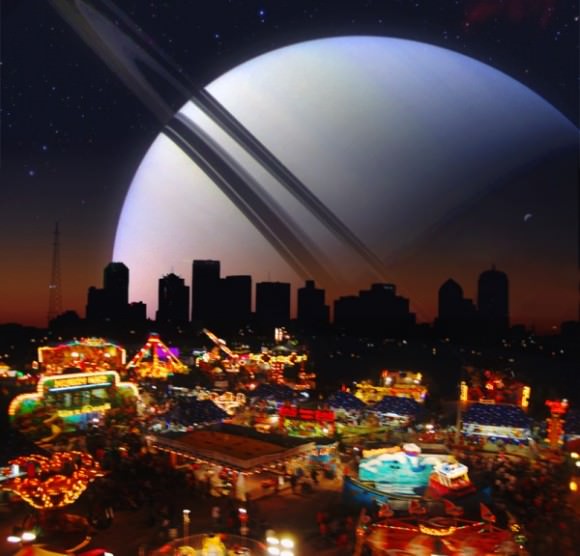
Continue reading
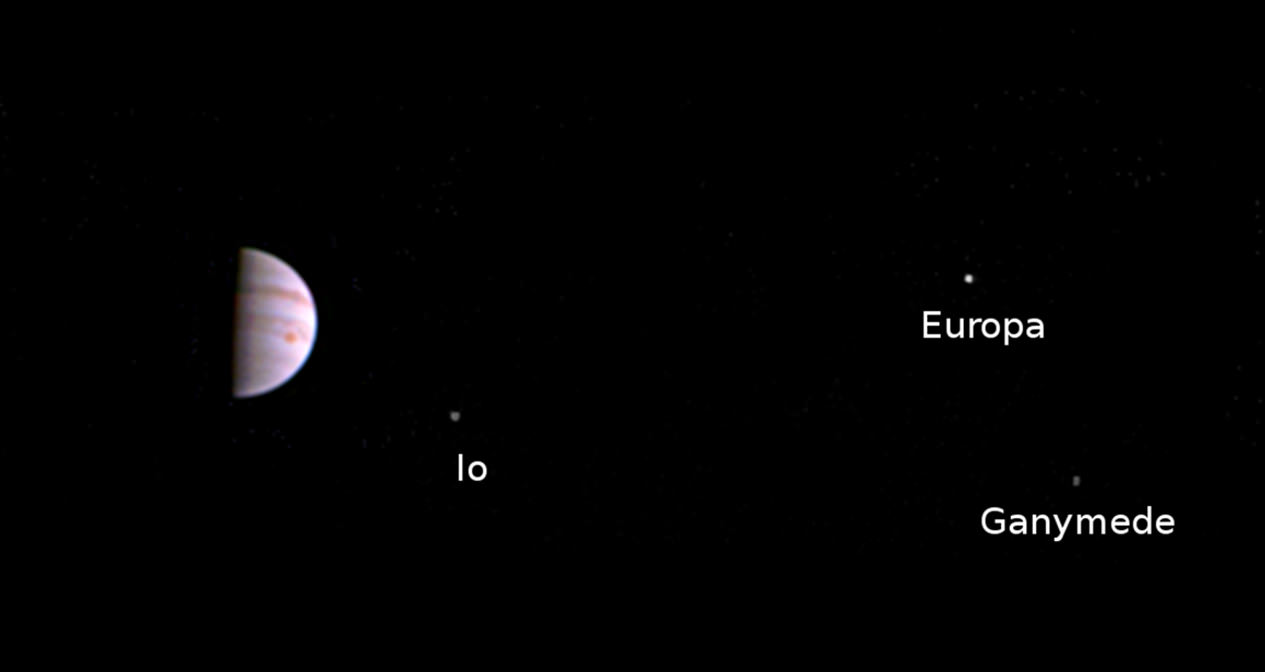
NASA's newly arrived Jovian orbiter Juno has transmitted its first imagery since reaching orbit last week on July 4 after swooping over Jupiter's cloud tops and powering back up its package of state-of-the-art science instruments for unprecedented research into determining the origin of our solar systems biggest planet.
Continue reading

Galileo's telescope, an instrument he made himself and used to revolutionize astronomy, still manages to inspire us today
Continue reading

The EPIC camera on-board NASA's Deep Space Climate Observatory (DSCOVR) has captured images of the Moon passing in front of the Earth as the Earth rotates behind it.
Continue reading

The Milky Way Galaxy is a very, very big place. And figuring out where Earth resides inside of it has been no simple task
Continue reading
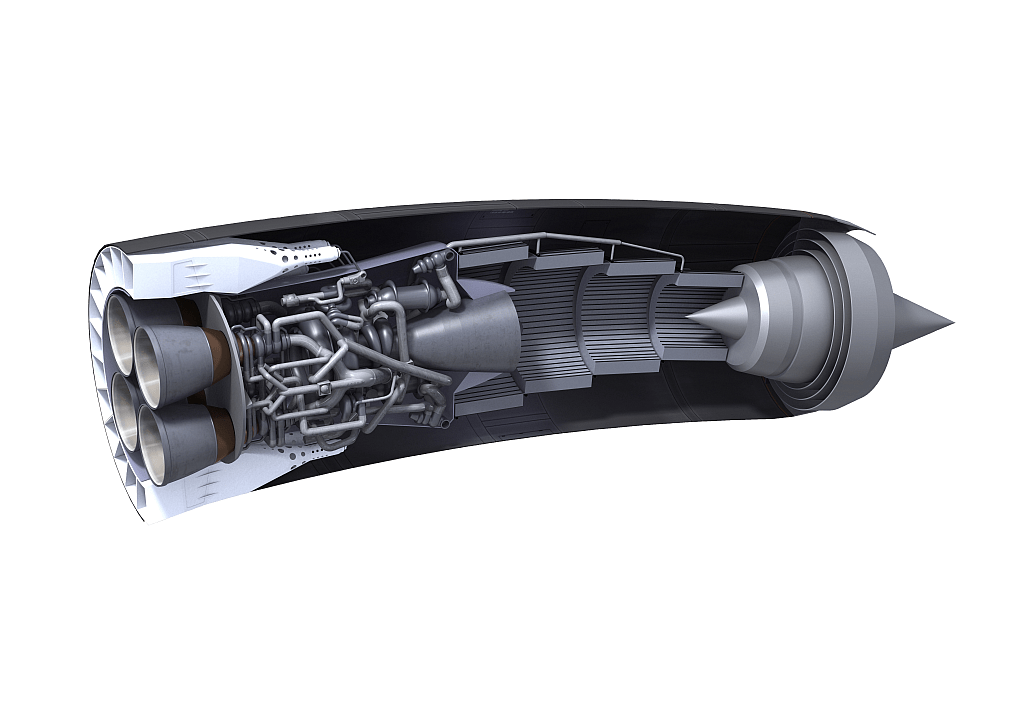
The SABRE (Synergistic Air-Breathing Rocket Engine) being developed for the European Space Agency could be ready for test firing in four years.
Continue reading

Thanks to the ESA's Cluster mission, scientists now know that part of the plasma found in our magnetosphere is coming from us!
Continue reading

Stars can spin faster or slower than the Sun. What's the fastest that's ever been discovered, and what's the fastest speed you can have before they tear themselves apart?
Continue reading
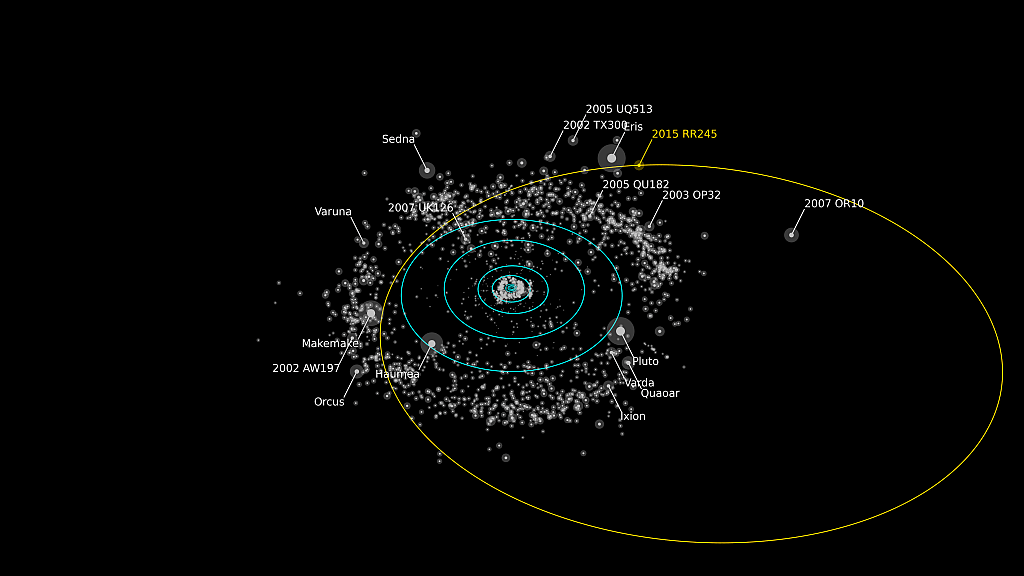
A dwarf planet has been discovered beyond Neptune. It's about 700 km in size, and its orbit takes it 120 times further from the Sun than the Earth is.
Continue reading
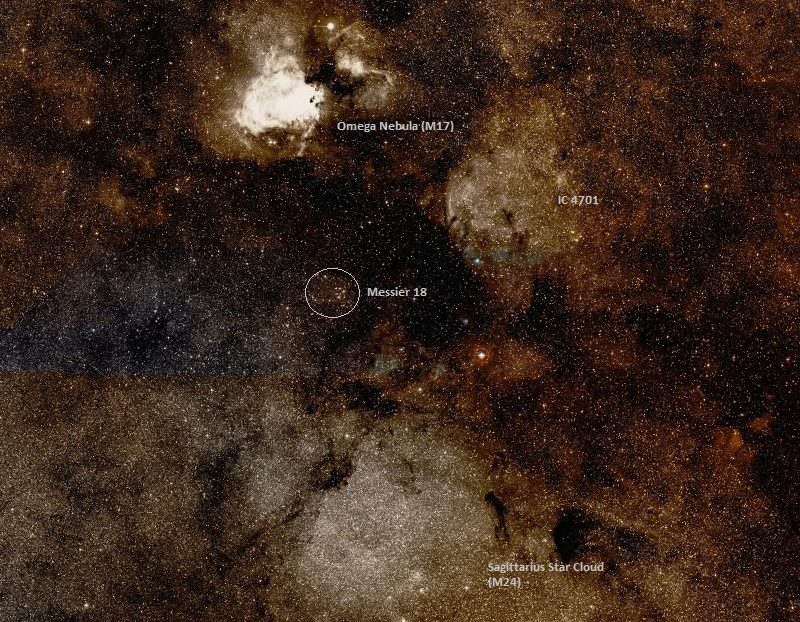
Continue reading
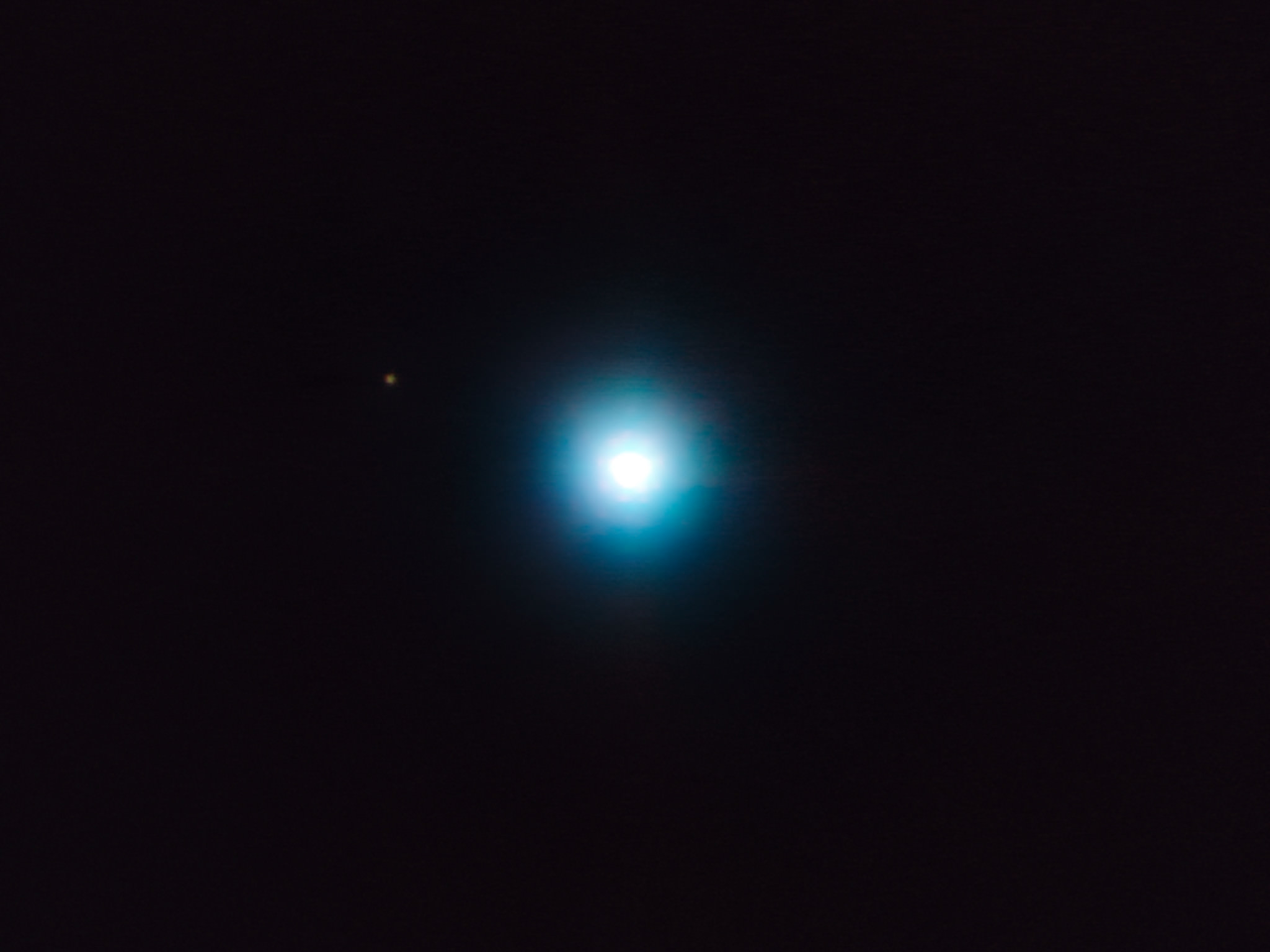
In the far-flung system of CVSO 30, two planetary candidates have been found with very different orbits - presenting new opportunities for exoplanet study
Continue reading
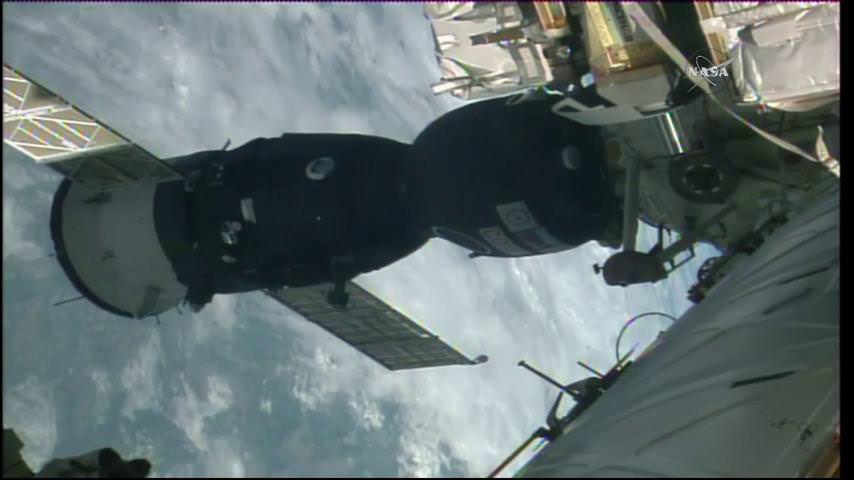
A flawless shakedown mission from Russia's newly modified Soyuz capsule successfully delivered a new multinational crew to the Space Station early Saturday, July 9 after a two day orbital chase.
Continue reading
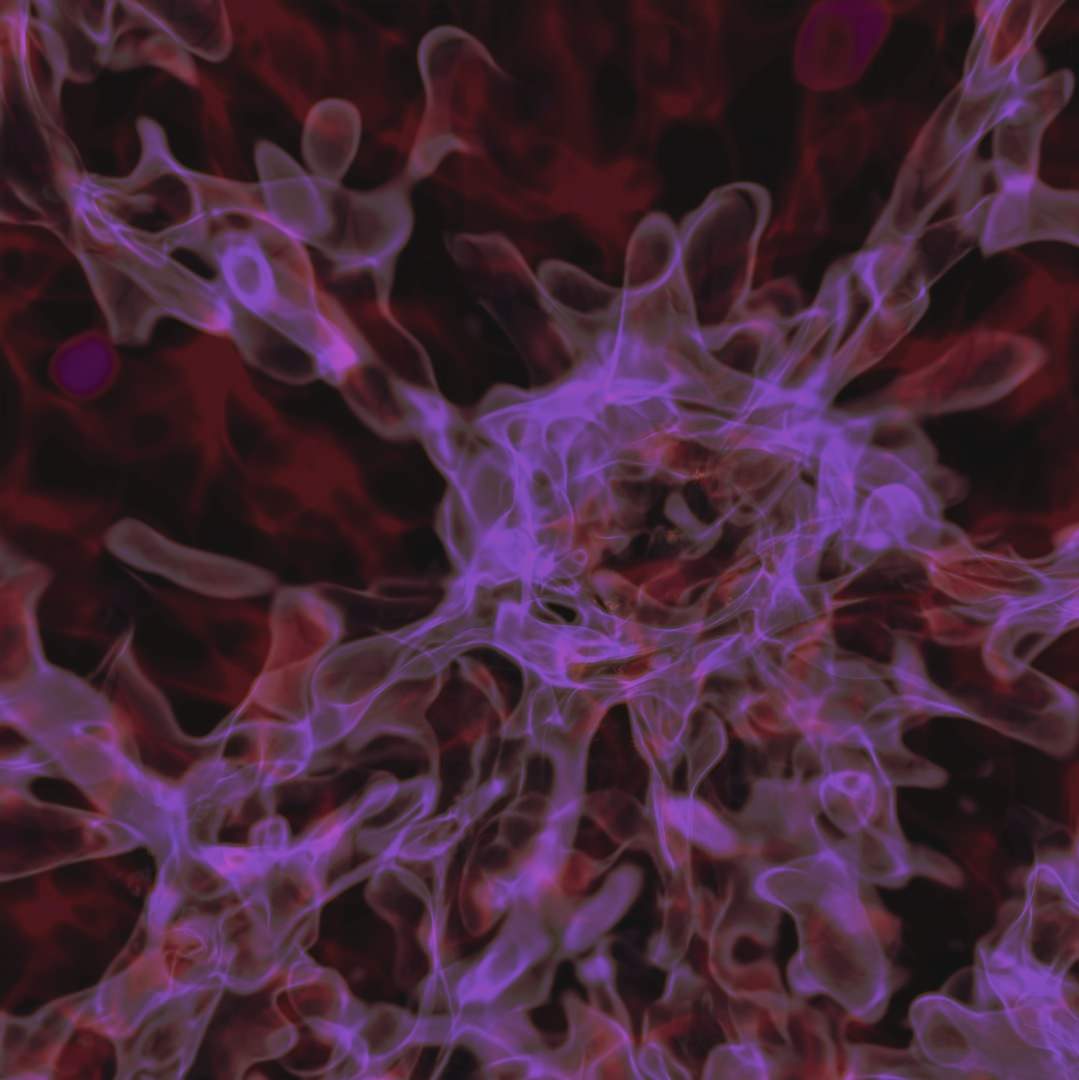
Continue reading

What if the Earth just stopped dead in its tracks while orbiting the Sun? It would plummet straight down of course, but how long would it take to actually crash into the Sun?
Continue reading
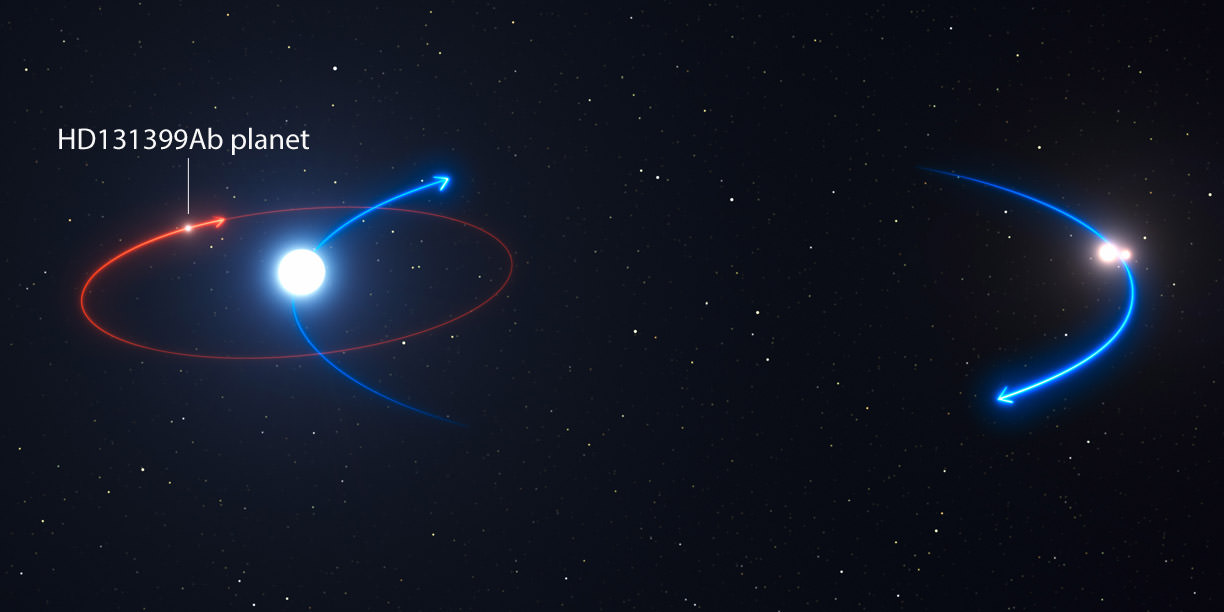
Astronomers discover the first exoplanet orbiting within a triple star system and manage to obtain a direct image of the new world.
Continue reading
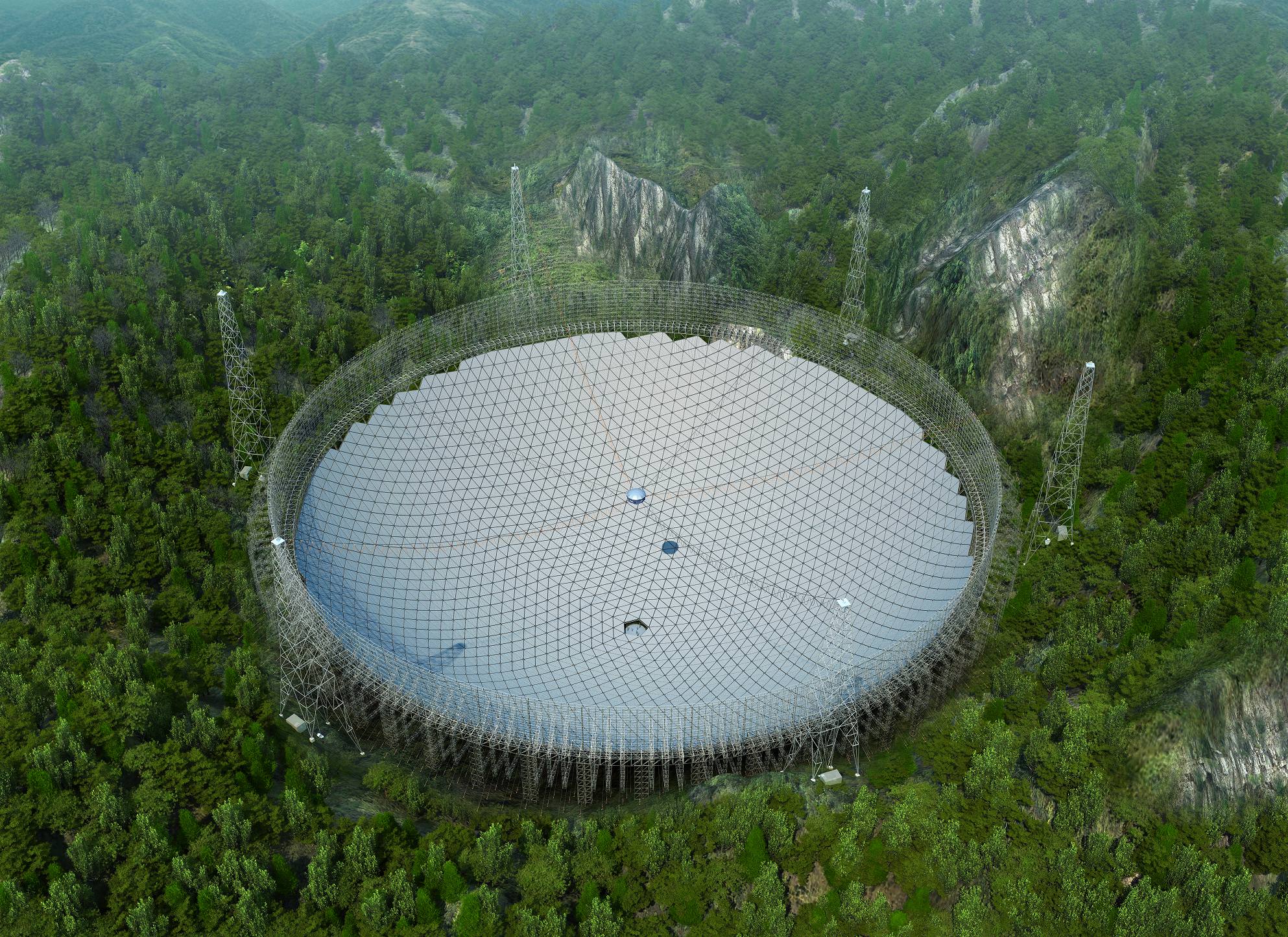
Construction has just finished on the Five-hundred-metre Aperture Spherical Telescope (FAST), the world's largest single-aperture telescope
Continue reading

As part of Juno's mission to Jupiter, Lego has fashioned three figurines (representing Jupiter, Juno and Galileo) to accompany the probe on its mission
Continue reading

Continue reading
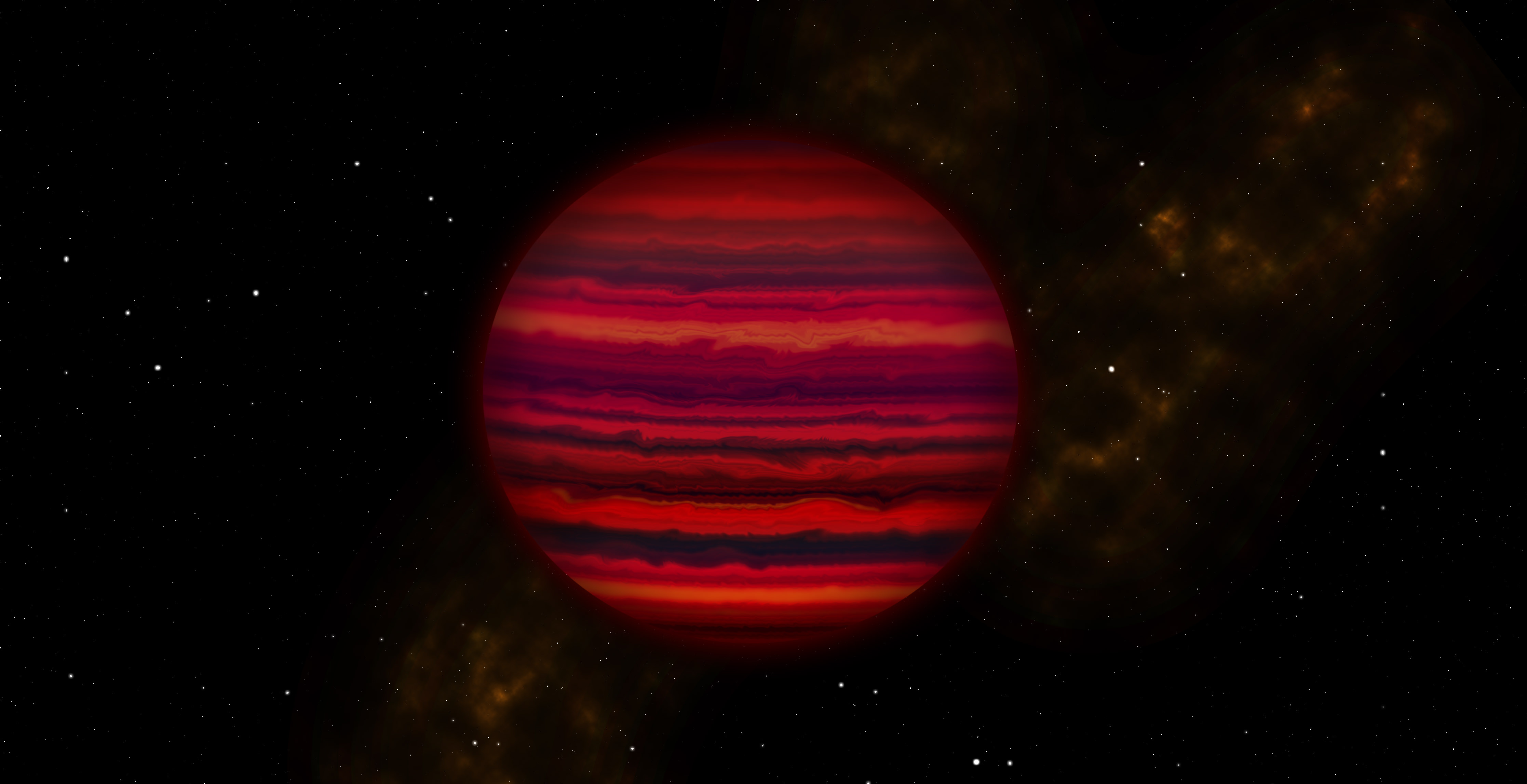
Astronomers have now determined a nearby brown dwarf has some exciting characteristics: its atmosphere is full of clouds of water vapor. This is the first time water clouds have been detected outside of our Solar System.
Continue reading
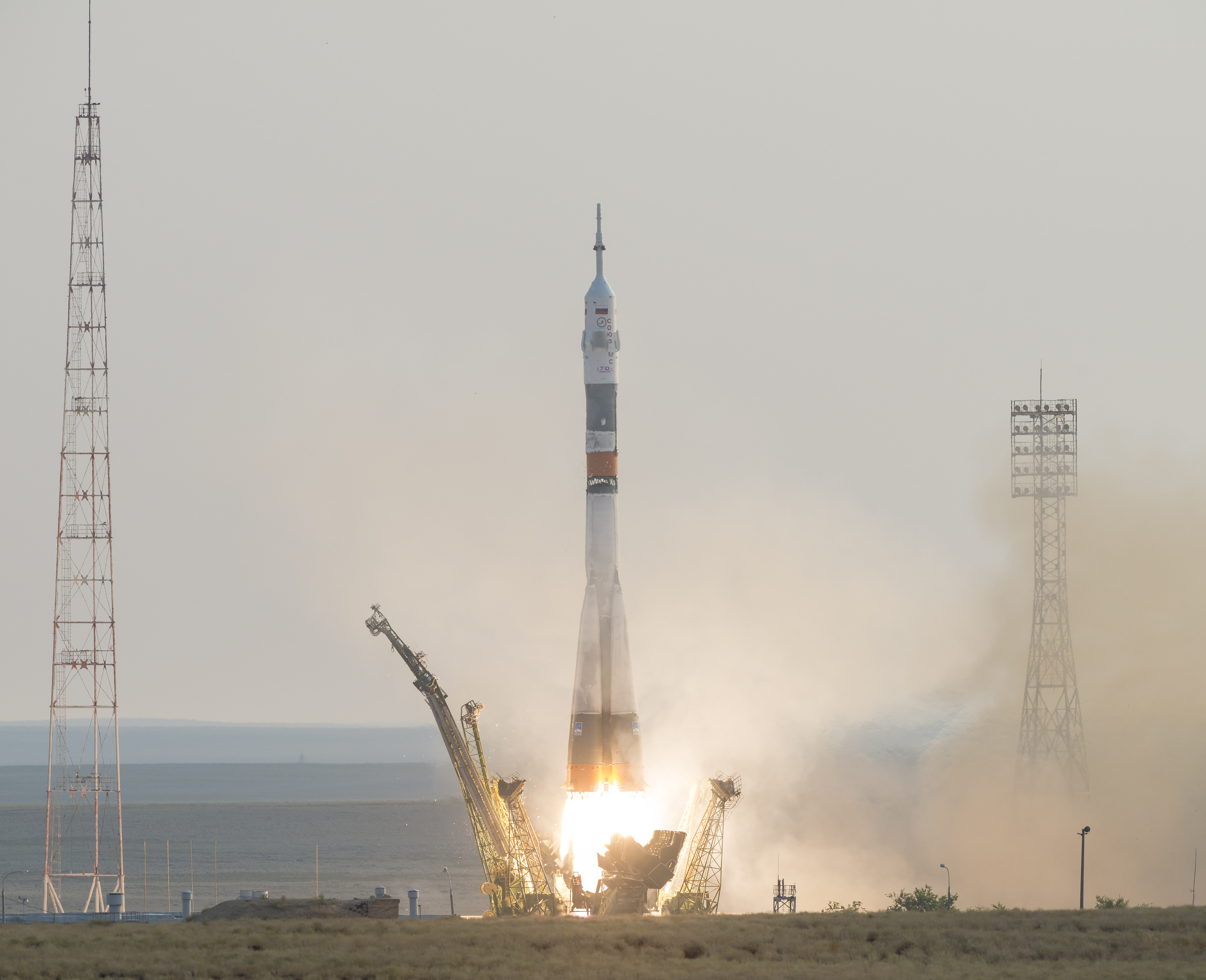
An international trio of astronauts and cosmonauts representing the United States, Russia and Japan blasted off in the early morning Kazakh hours today, July 7, for a new mission of science and discovery on the International Space Station (ISS).
Continue reading

According to a recent study from Cornell University, the prebiotic conditions for life might exist on Titan, despite it being cold and having no water
Continue reading
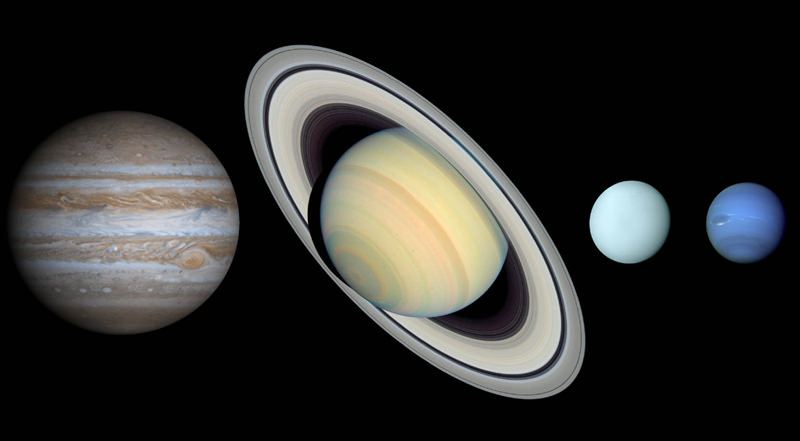
In the outer region of our Solar System lie four giant planets - also known as Jovians. And beyond our Sun, thousands more are being found...
Continue reading
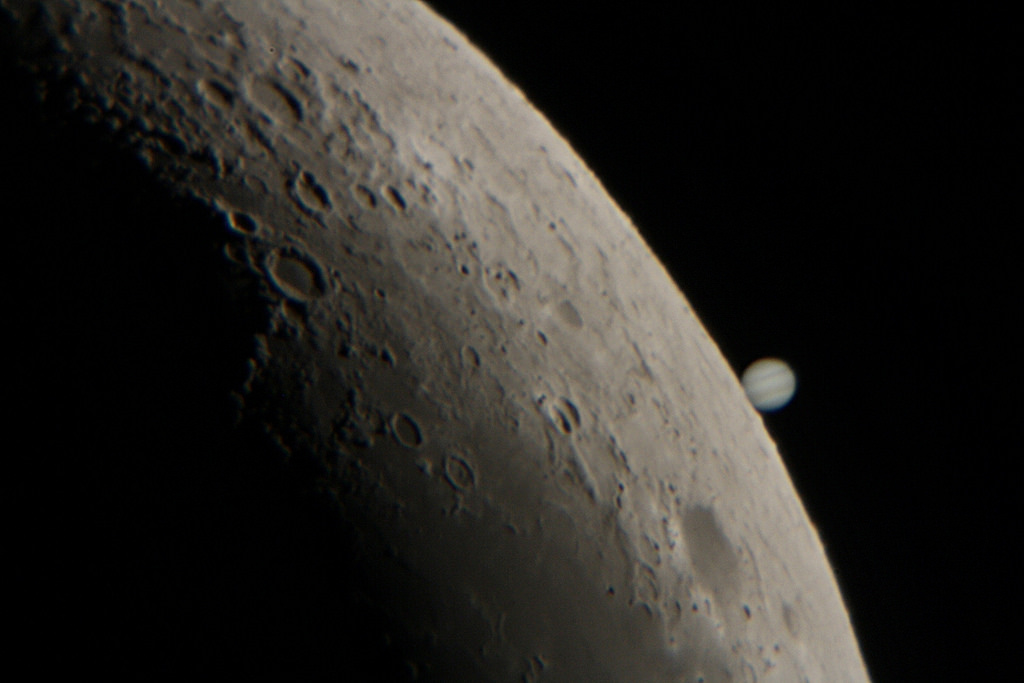
The Moon makes a close pass near Jupiter this weekend and occults it for observers in the southern Indian Ocean region.
Continue reading

Based on our current growth in energy usage, how long will it take before we use up all the energy of our planet, of our star, or even all the energy in our galaxy?
Continue reading
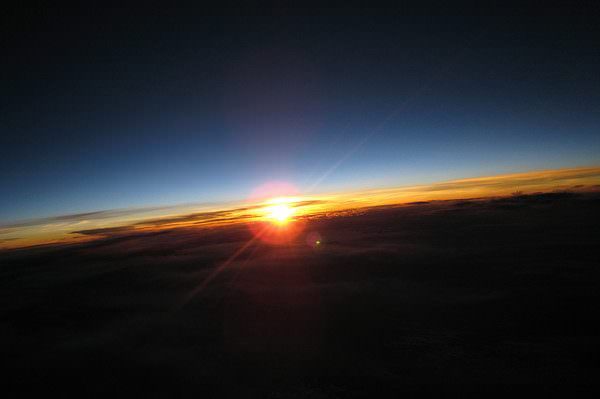
Since time immemorial, humans have known that the Sun will rise in the east and set in the west. But why exactly does it happen this way?
Continue reading

Continue reading
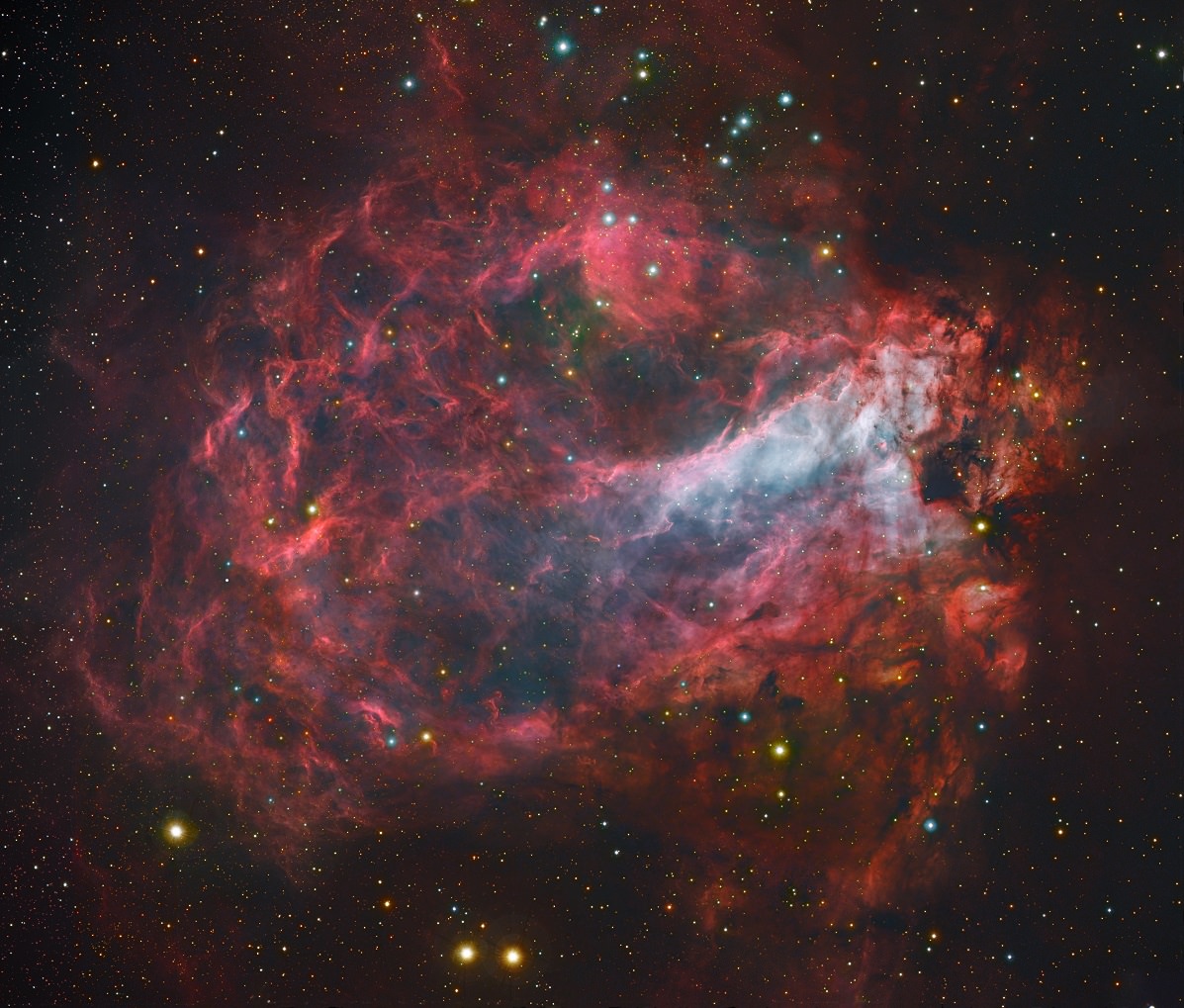
Located between 5,000 and 6,000 light years from Earth is the Omega Nebula, one of the brightest and most massive star-forming regions in our galaxy
Continue reading
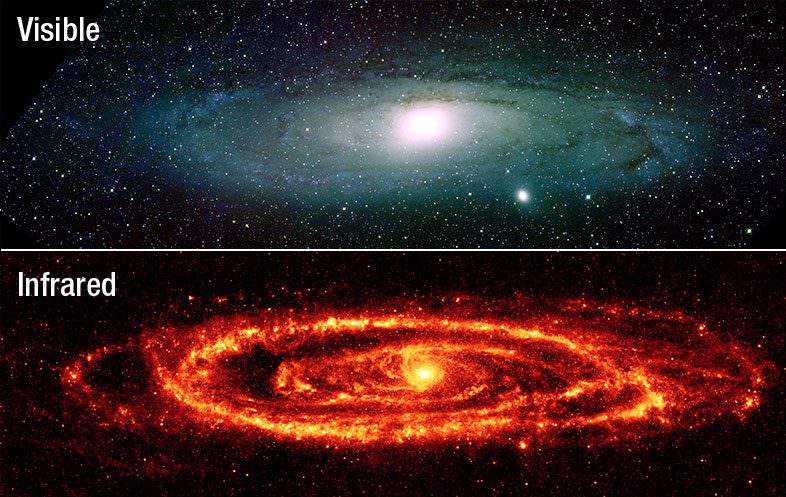
A recently released catalogue showing the results of a Herschel survey has revealed how stars have cleaned the universe over billions of years
Continue reading
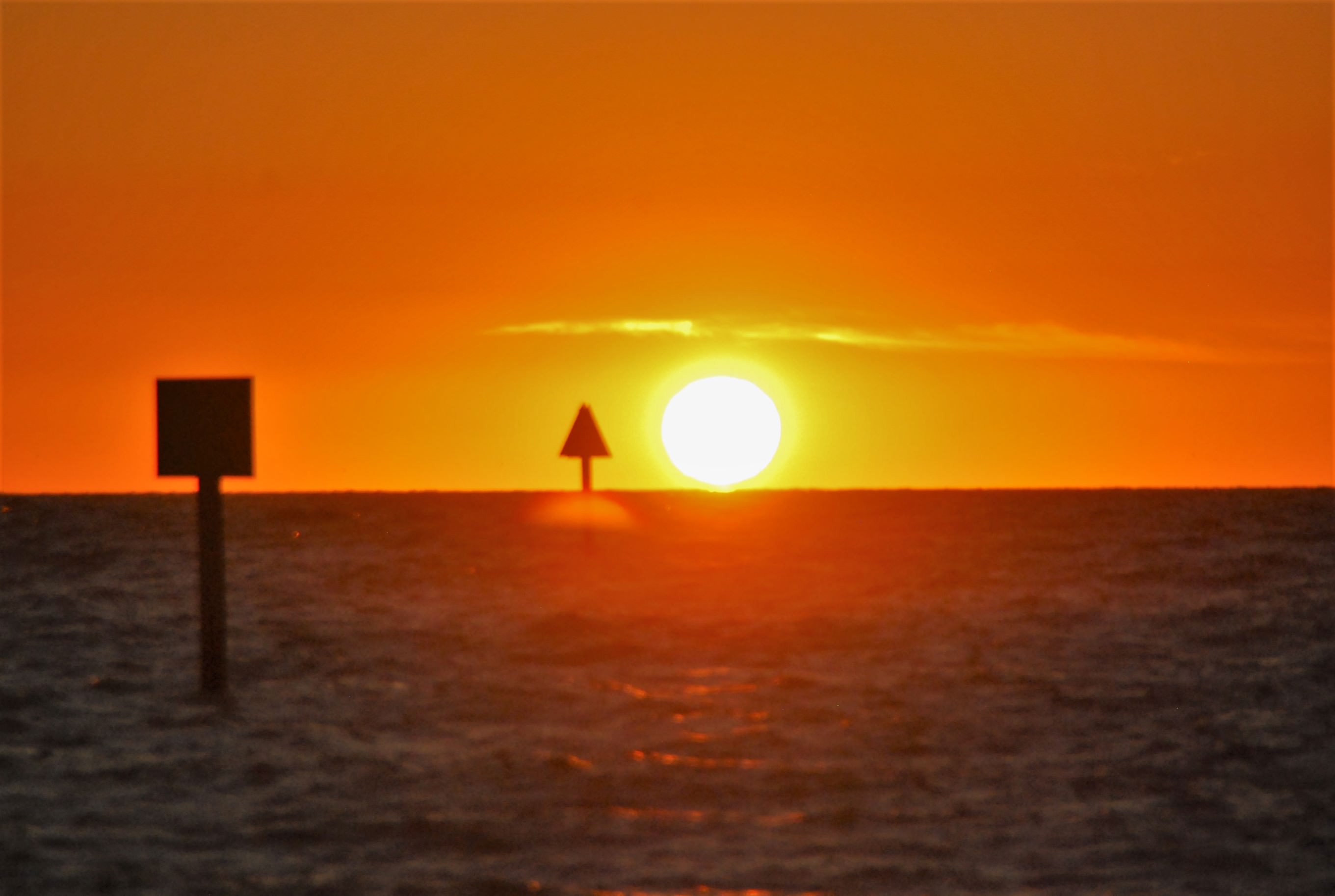
Our guide to earth at aphelion for July 4th, 2016.
Continue reading
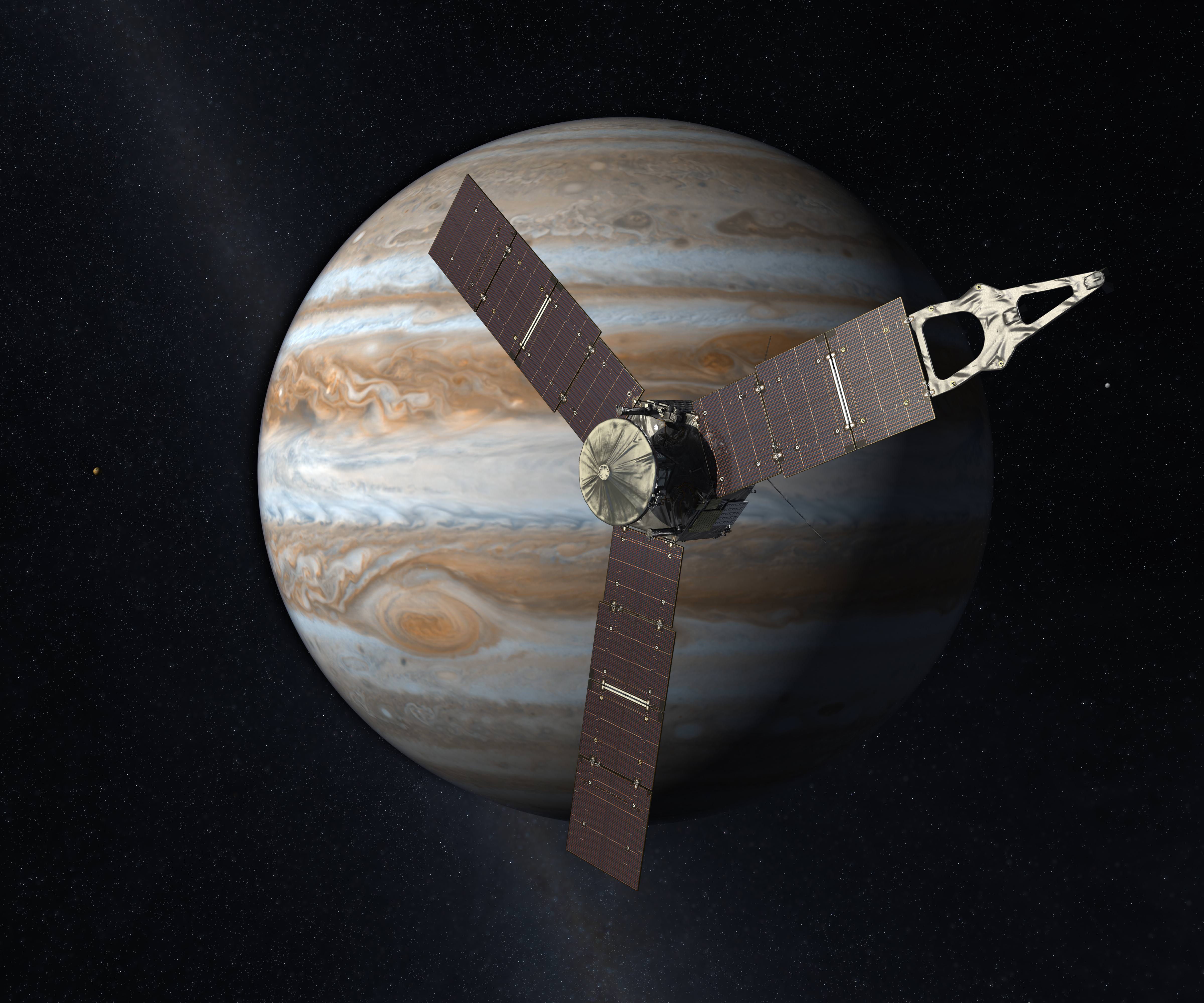
On July 4th, the Juno spacecraft - the second long-term mission to Jupiter - will arrive at the gas giant, and begin to shed light its many mysteries
Continue reading
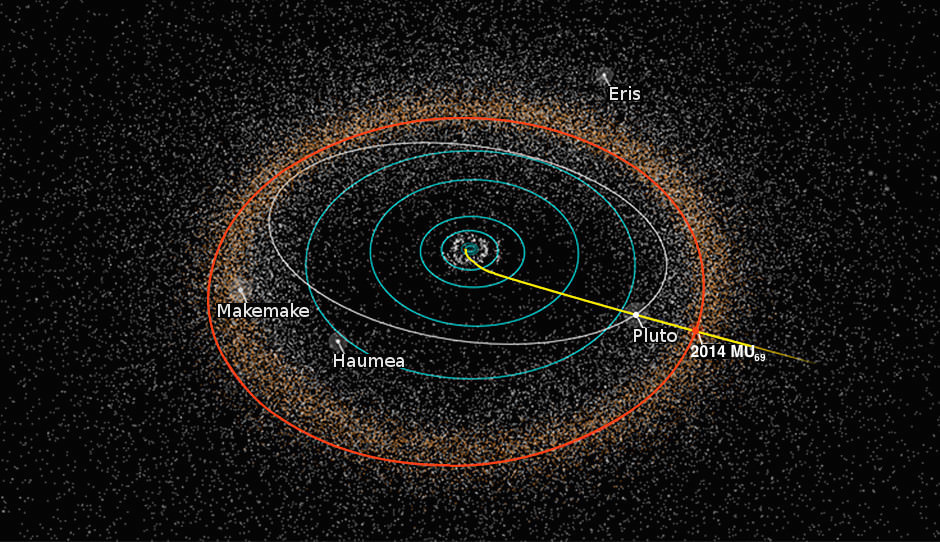
In an 'Independence Day' gift to a slew of US planetary research scientists, NASA has granted approval to nine ongoing missions to continue for another two years this holiday weekend.
Continue reading

As part of China's Chang'e-4 lunar mission. a new radio antenna being developed in the Netherlands will be deployed to the far side of the Moon in 2018
Continue reading

One of the strangest implications of Relativity is the concept of time dilation; how people moving at different speeds will experience different amounts of time. Dr. Brian Koberlein helps us figure it out.
Continue reading
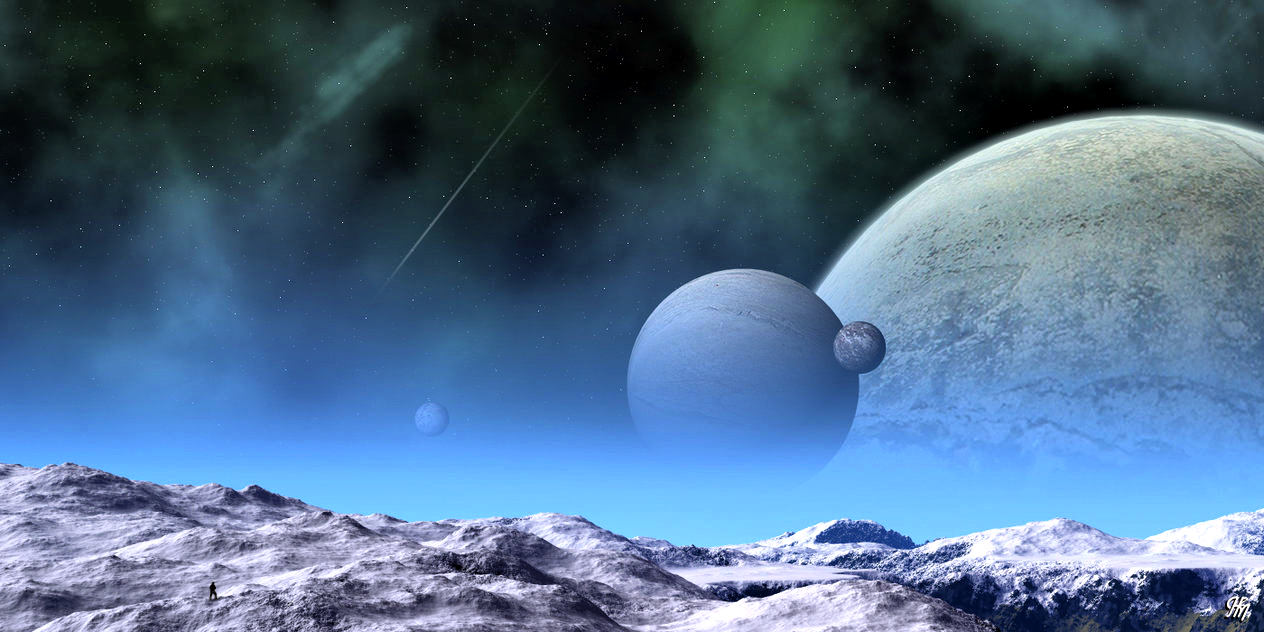
Continue reading
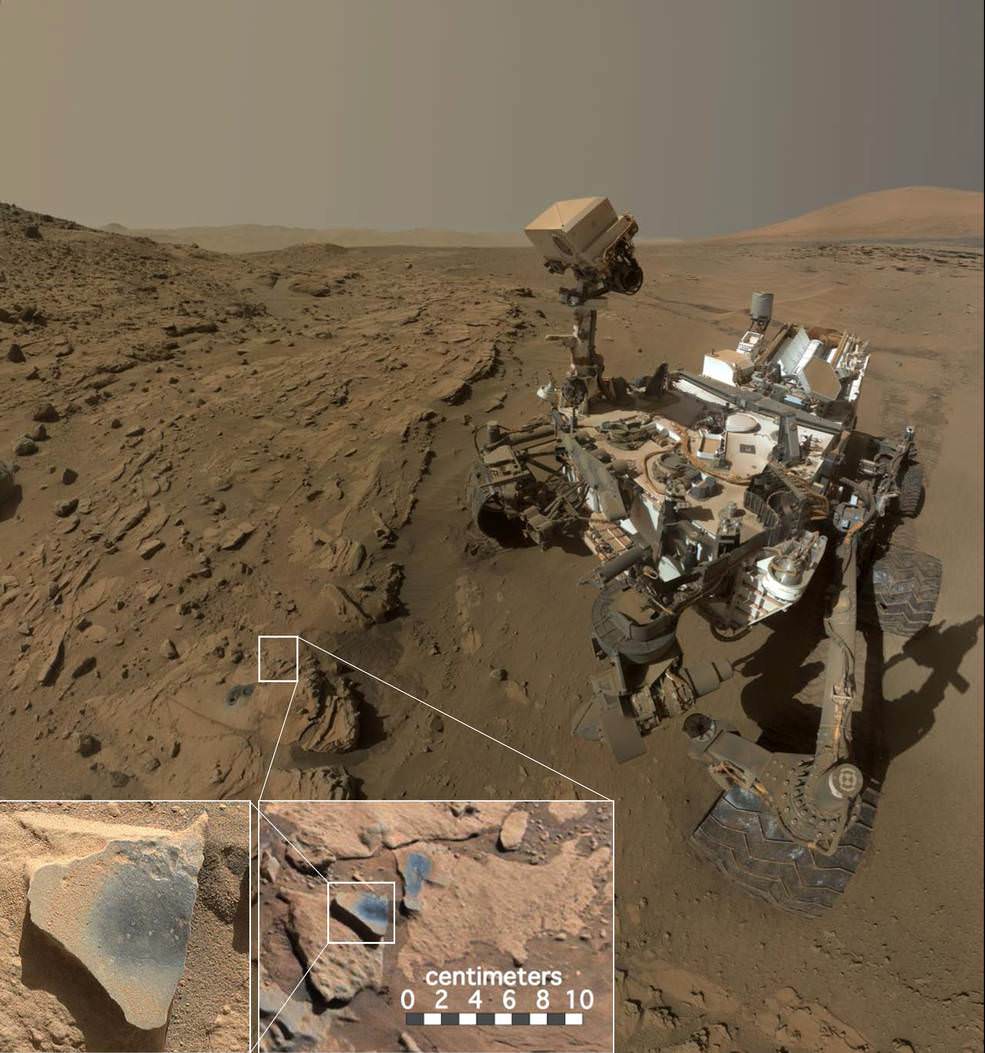
New chemical science findings from NASA's Mars rover Curiosity indicate that ancient Mars likely had a higher abundance of molecular oxygen in its atmosphere compared to the present day and was thus more hospitable to life forms, if they ever existed.
Continue reading

Continue reading
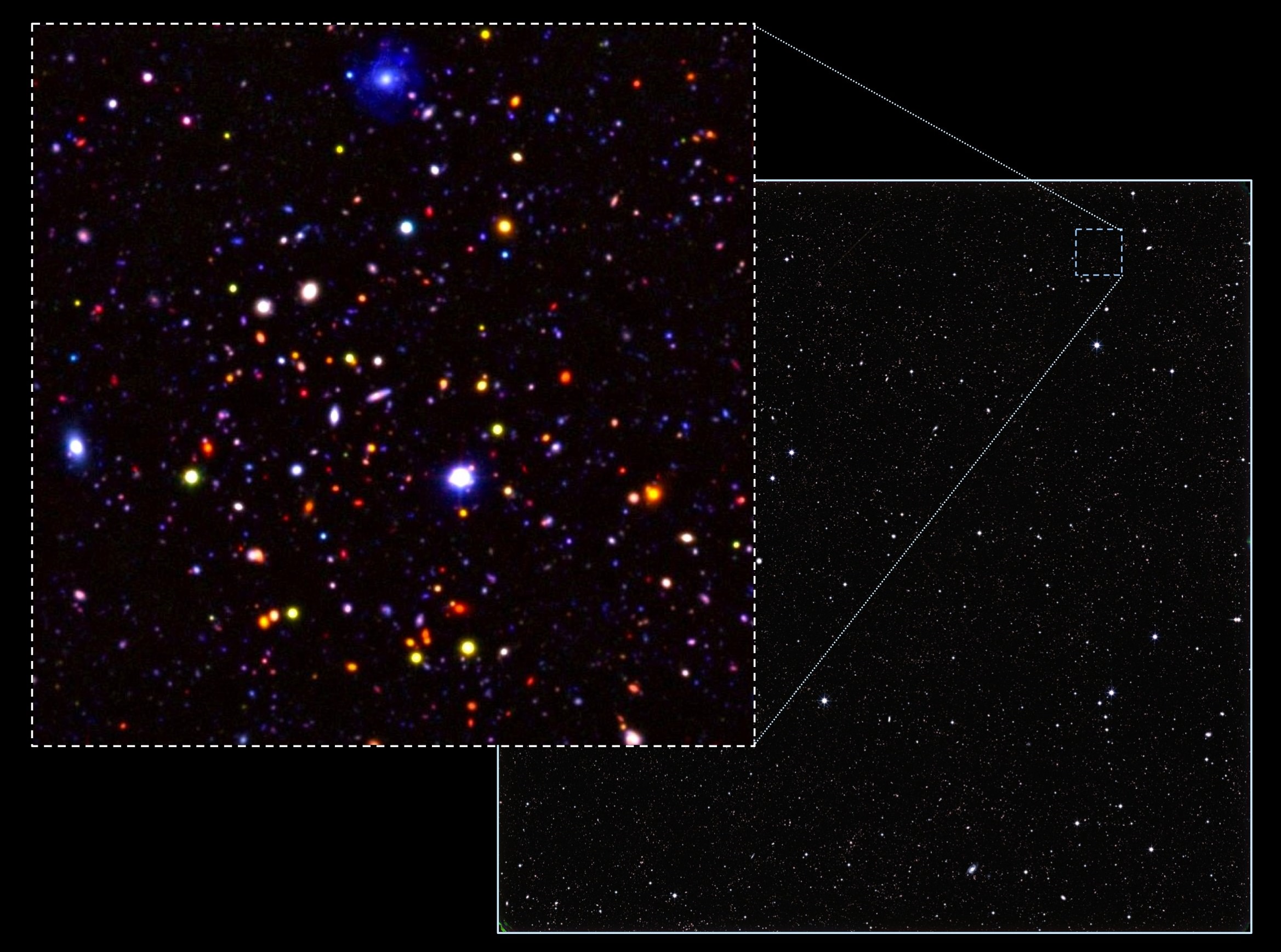
At the annual National Astronomy Meeting, members of the Ultra Deep Survey (UDS) team shared images that are the deepest view of the Universe yet
Continue reading
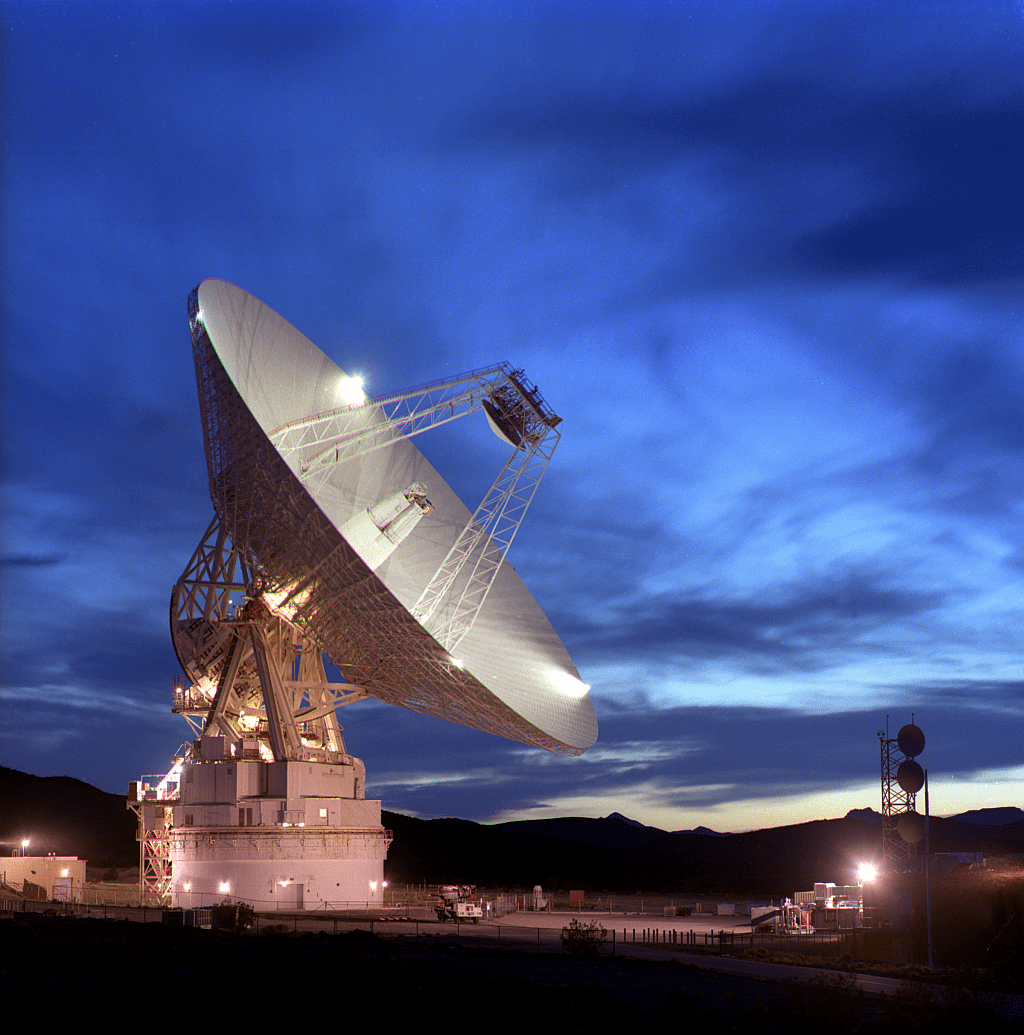
Sonny Giroux, Program Manager for NASA's Deep Space Network, explains how Juno uses the Network to communicate, and some of the unique challenges Juno poses.
Continue reading

Blue Origin and its founder Jeff Bezos do a little one-upmanship on the old saying, "go big or go home." With the groundbreaking of their new orbital vehicle manufacturing complex, they are going big AND going home, building a home for Very Big Brother, the unofficial name of their rocket.
Continue reading
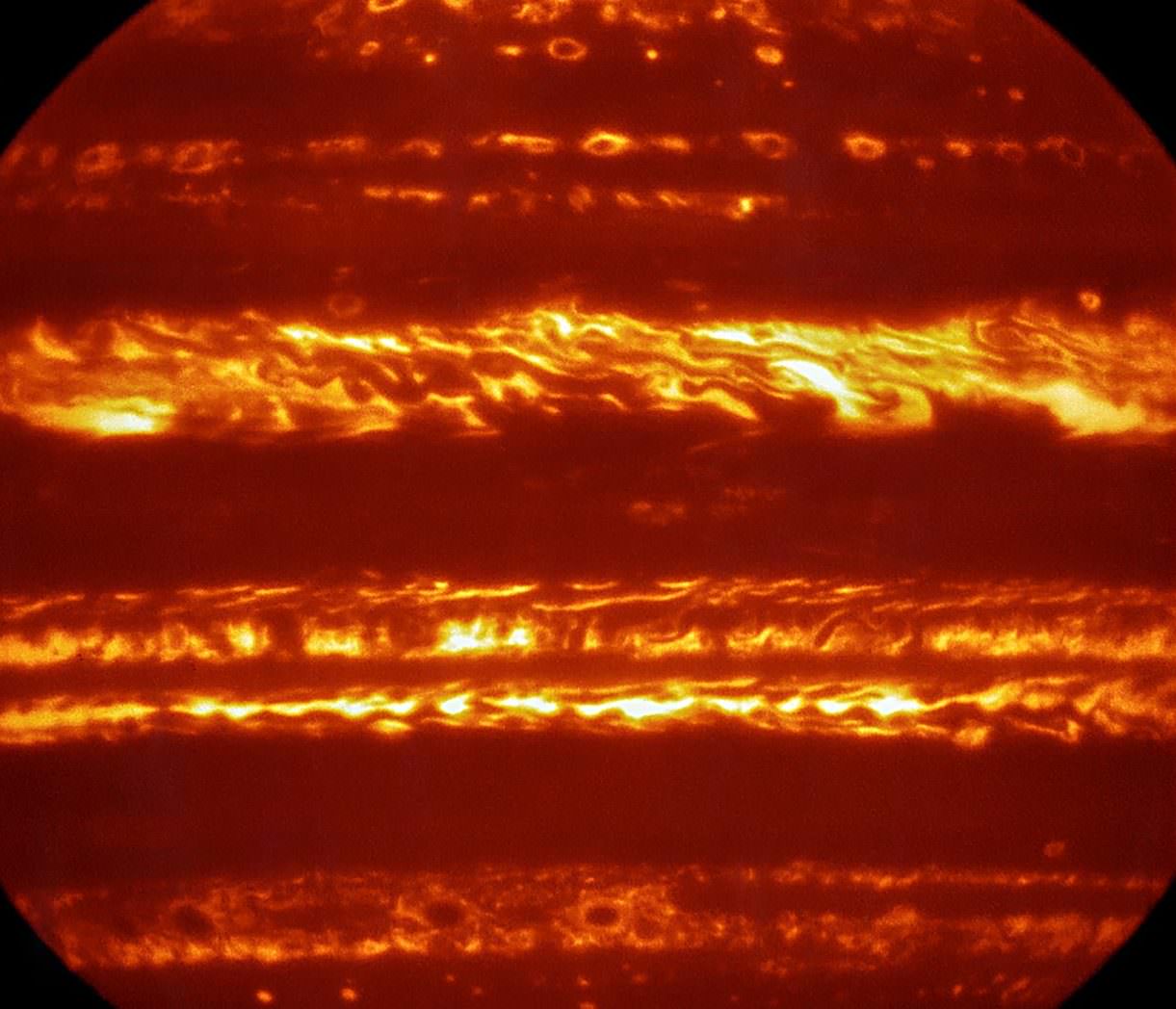
In preparation for Juno's arrival at Jupiter, a team from the European Southern Observatory is creating a breathtaking infrared map of Jupiter
Continue reading

At the upcoming Starmus science conference, Professor Stephen Hawking will unveil the most ambitious plan to map the known universe to date
Continue reading
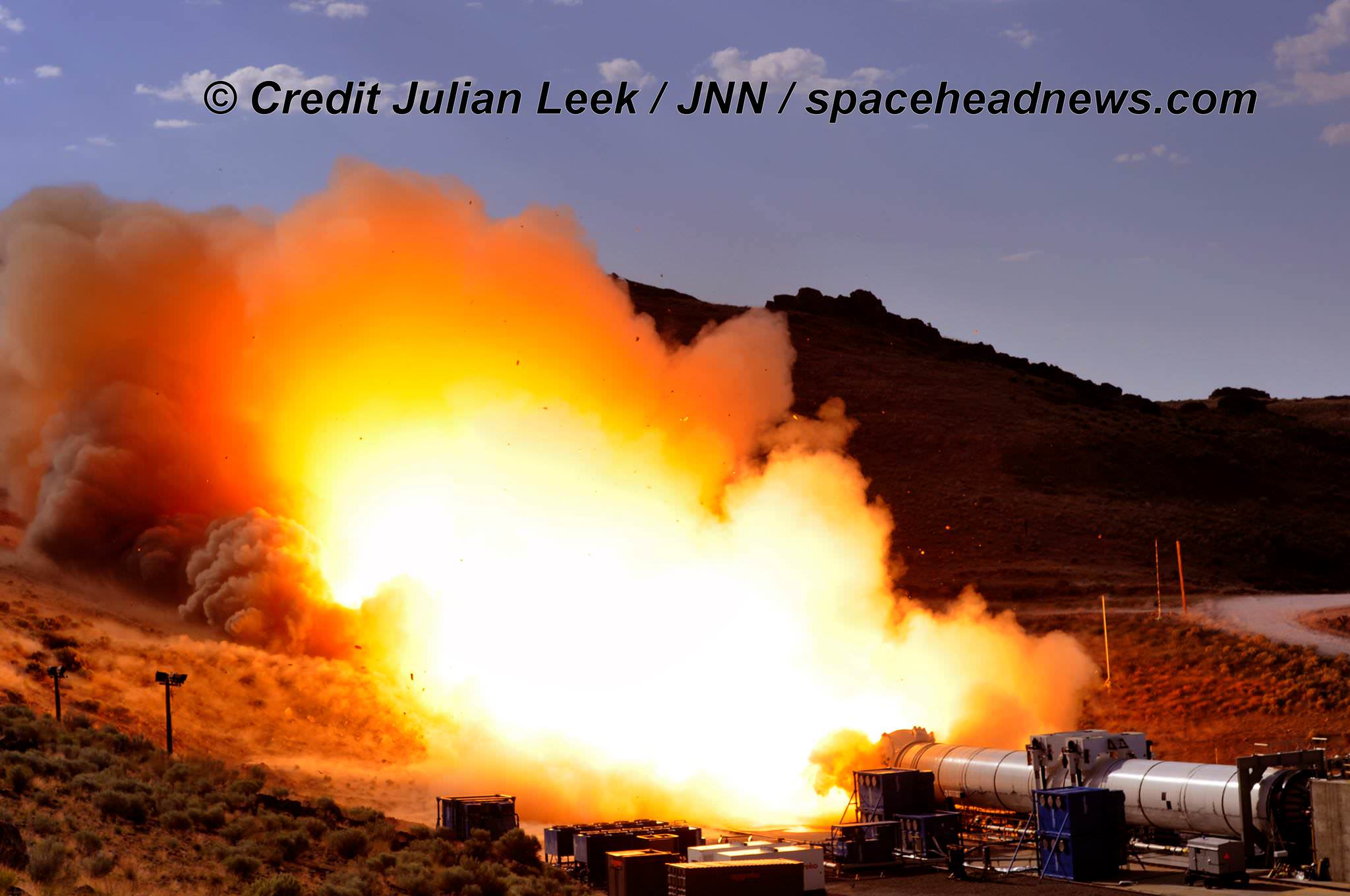
The world's most powerful booster that will one day propel NASA astronauts on exciting missions of exploration to deep space destinations including the Moon and Mars was successfully ignited this morning, June 28, during an awesome ground test firing on a remote mountainside in Utah, that qualifies it for an inaugural blastoff in late 2018.
Continue reading

Asteroid Itokawa had a sometimes violent 4.5 billion year history, according to samples returned by Japanese spacecraft Hayabusa.
Continue reading
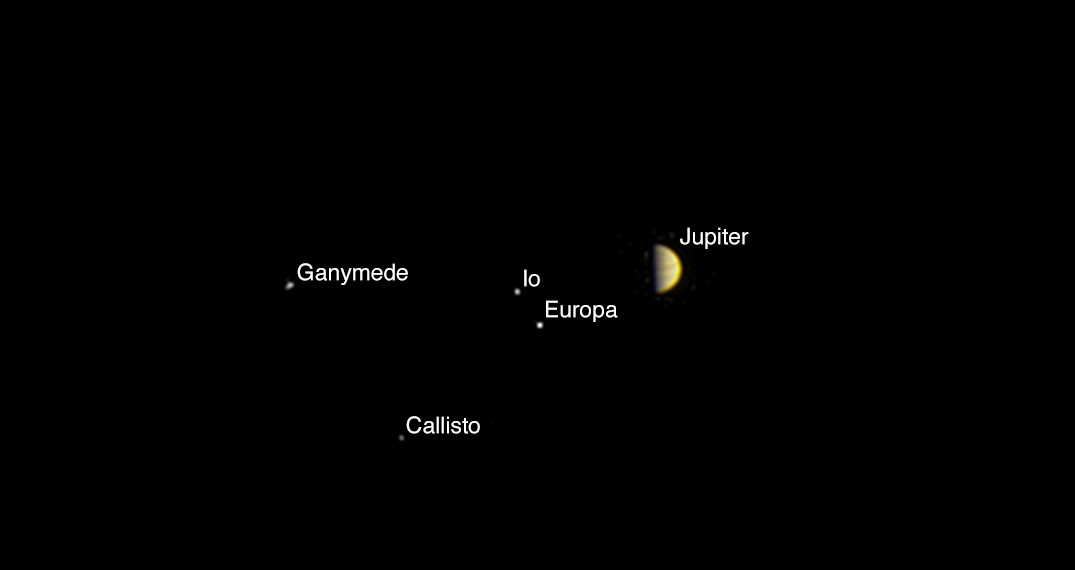
Now just 7 days out from a critical orbital insertion burn, NASA's Jupiter-bound Juno orbiter is closing in fast on the massive gas giant. And as its coming into focus the spacecraft has begun snapping a series of beautiful images of the biggest planet and its biggest moons.
Continue reading
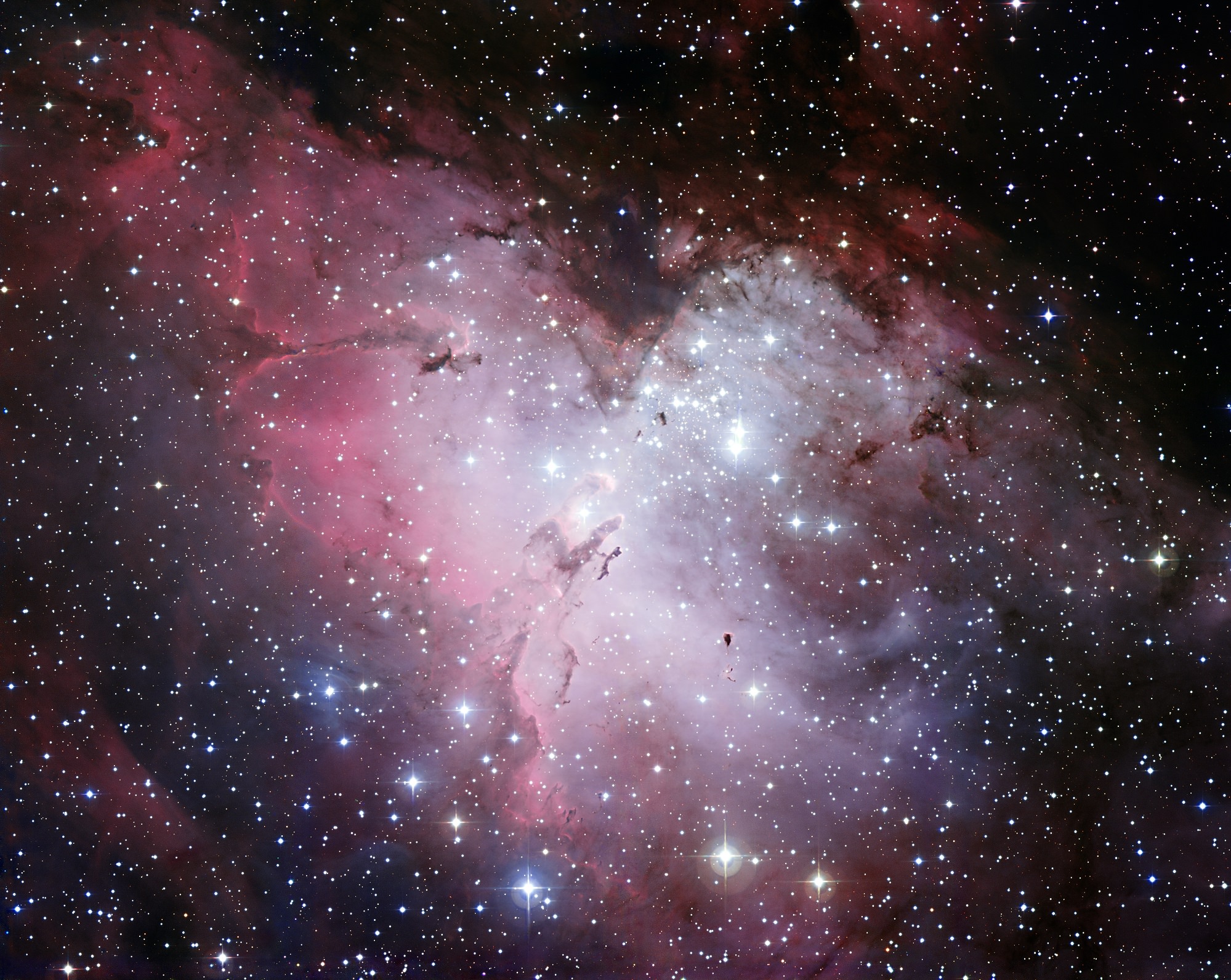
Continue reading

Based on recent experiments led by a Dutch research team and MarsOne, we now know which crops can be grown on the Red Planet
Continue reading
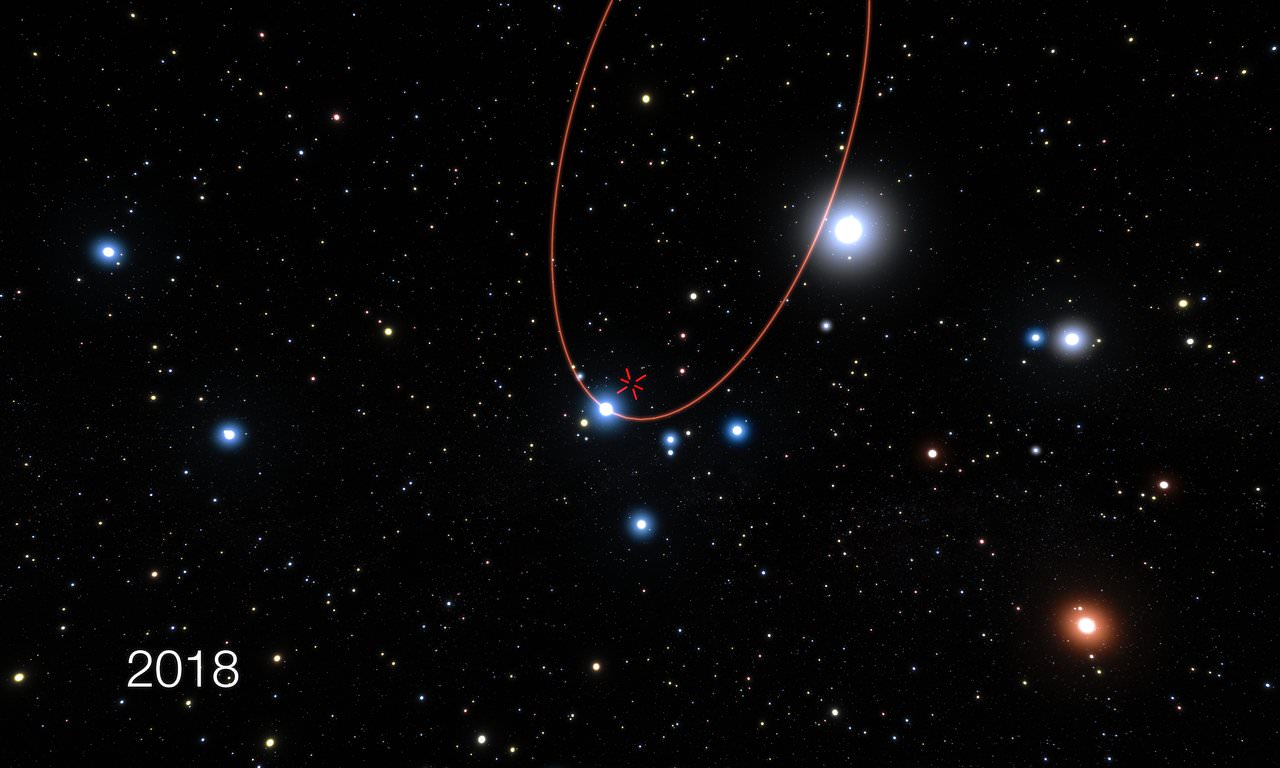
Using the Very Large Telescope (VLT), researchers are about to observe the stars orbiting Sagittarius A*, which will test Einstein's theory of General Relativity like never before
Continue reading

Today's (June 24) spectacular launch of the most powerful version of the venerable Atlas V rocket from the sunshine state completes the orbital deployment of a constellation of advanced tactical communications satellites for the U.S. Navy.
Continue reading

 Universe Today
Universe Today















































